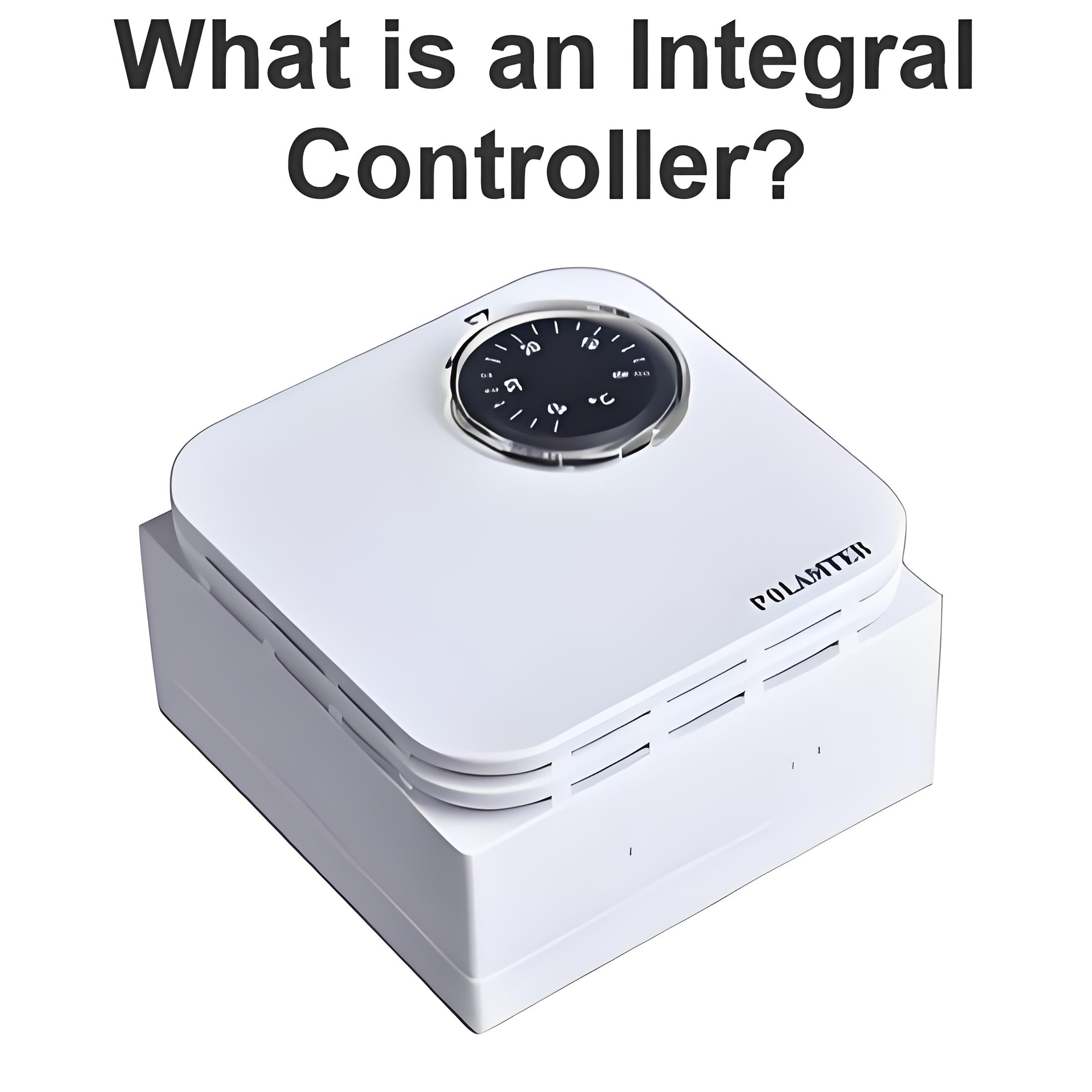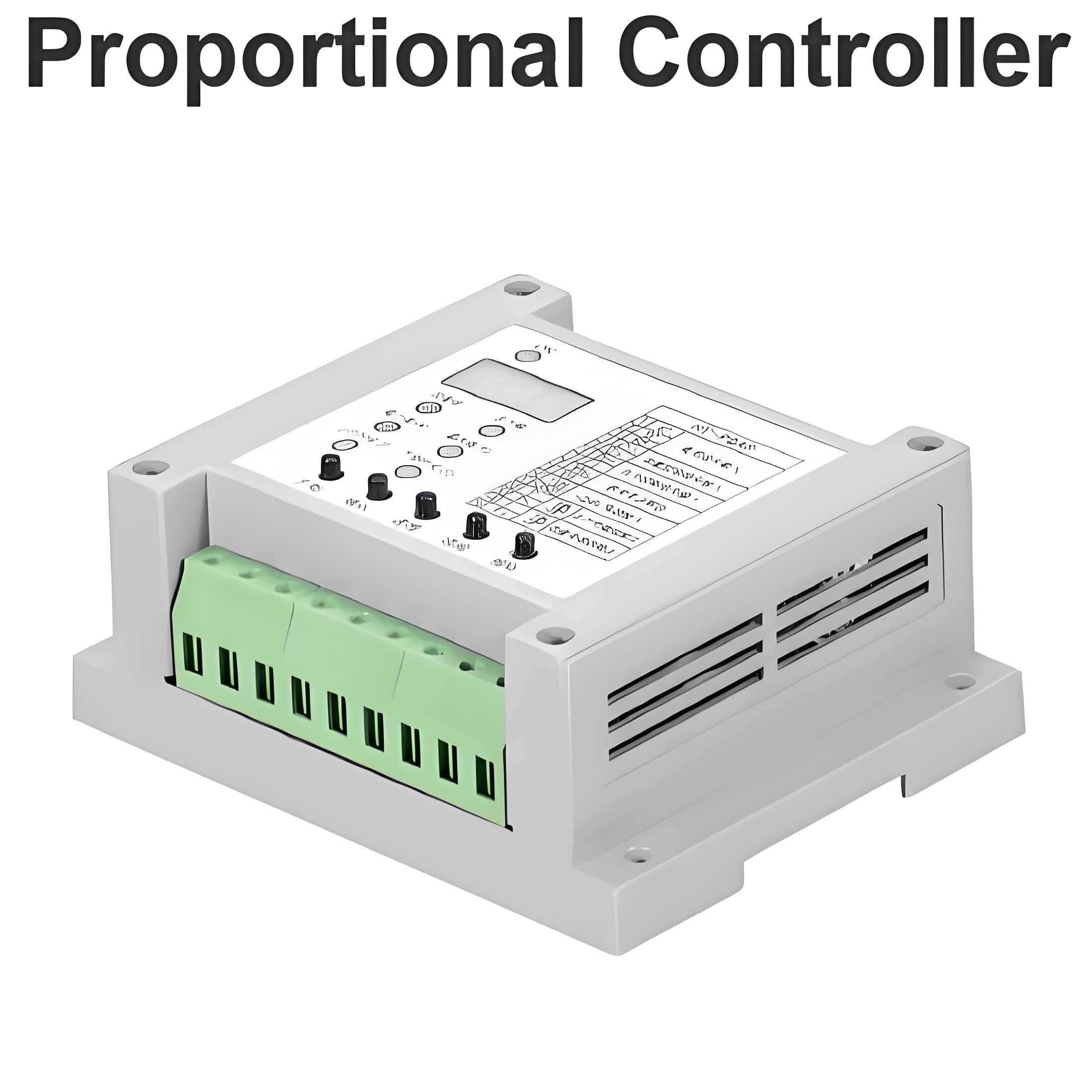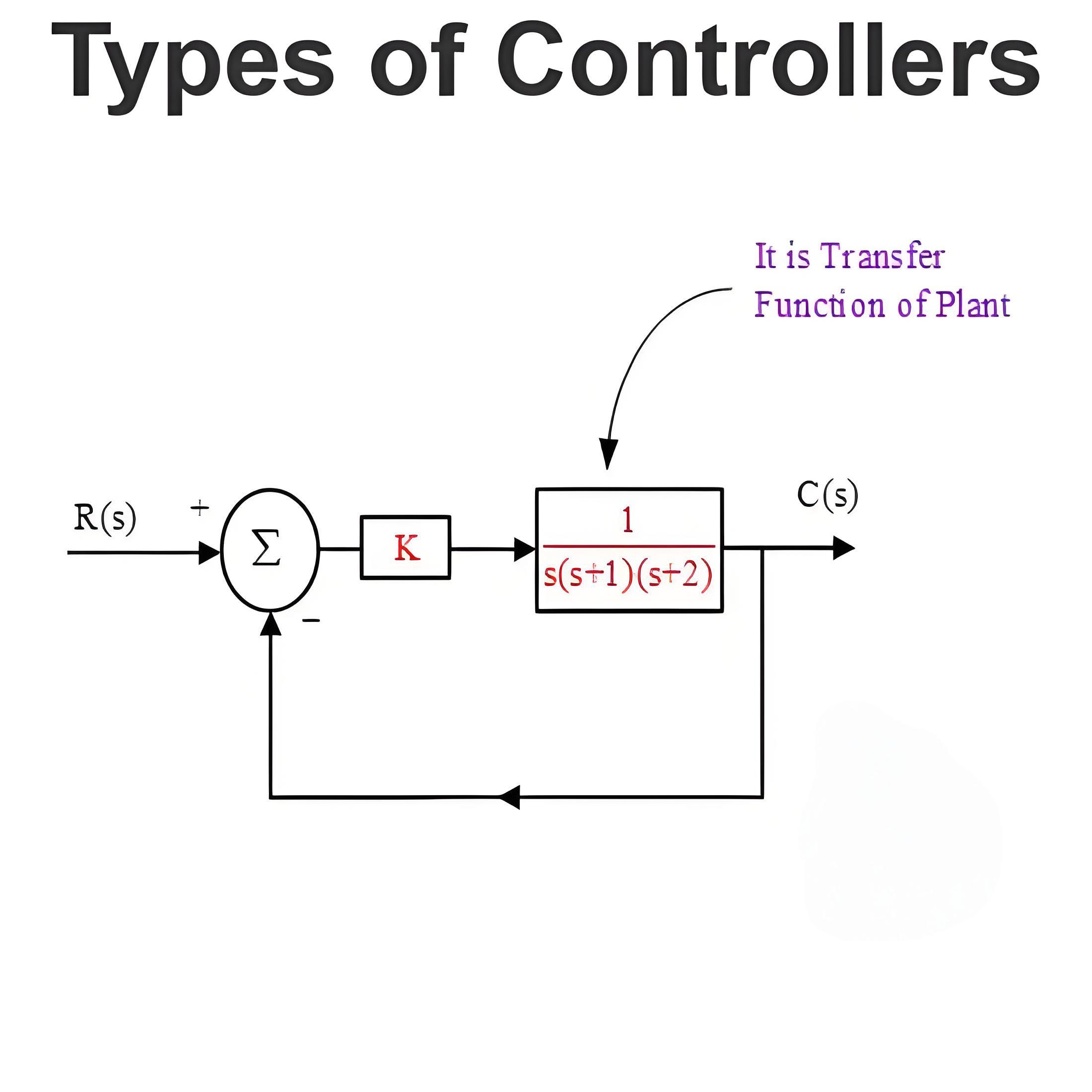Thermocouple: A Simple and Versatile Temperature Sensor

What is a Thermocouple?
A thermocouple is a device that converts temperature differences into an electric voltage, based on the principle of the thermoelectric effect. It is a type of sensor that can measure temperature at a specific point or location. Thermocouples are widely used in various fields, such as industrial, domestic, commercial, and scientific applications, because of their simplicity, durability, low cost, and wide temperature range.
What is the Thermoelectric Effect?
The thermoelectric effect is the phenomenon of generating an electric voltage due to a temperature difference between two different metals or metal alloys. This effect was discovered by German physicist Thomas Seebeck in 1821, who observed that a magnetic field was created around a closed loop of two dissimilar metals when one junction was heated, and the other was cooled.
The thermoelectric effect can be explained by the movement of free electrons in the metals. When one junction is heated, the electrons gain kinetic energy and move faster toward the colder junction. This creates a potential difference between the two junctions, which can be measured by a voltmeter or an ammeter. The magnitude of the voltage depends on the type of metals used and the temperature difference between the junctions.
How Does a Thermocouple Work?
A thermocouple consists of two wires made of different metals or metal alloys, joined together at both ends to form two junctions. One junction called the hot or measuring junction, is placed at the location where the temperature is to be measured. The other junction called the cold or reference junction, is kept at a constant and known temperature, usually at room temperature or in an ice bath.
When there is a temperature difference between the two junctions, an electric voltage is generated across the thermocouple circuit due to the thermoelectric effect. This voltage can be measured by a voltmeter or an ammeter connected to the circuit. By using a calibration table or a formula that relates the voltage to the temperature for a given type of thermocouple, the temperature of the hot junction can be calculated.

The following diagram shows the basic working principle of a thermocouple:

The following video explains how a thermocouple works in more detail:
What are the Types of Thermocouples?
There are many types of thermocouples available, each with different characteristics and applications. The type of thermocouple is determined by the combination of metals or metal alloys used for the wires. The most common types of thermocouples are designated by letters (such as K, J, T, E, etc.) according to international standards.

The following table summarizes some of the main types of thermocouples and their properties:
| Type | Positive Wire | Negative Wire | Color Code | Temperature Range | Sensitivity | Accuracy | Applications |
|---|---|---|---|---|---|---|---|
| K | Nickel-chromium (90% Ni, 10% Cr) | Nickel-aluminum (95% Ni, 2% Al, 2% Mn, 1% Si) | Yellow (+), Red (-), Yellow (overall) | -200°C to +1260°C (-328°F to +2300°F) | 41 µV/°C | ±2.2°C (0.75%) | General purpose, wide range, low cost |
| J | Iron (99.5% Fe) | Constantan (55% Cu, 45% Ni) | White (+), Red (-), Black (overall) | -210°C to +750°C (-346°F to +1400°F) | 50 µV/°C | ±2.2°C (0.75%) | Oxidizing atmospheres, limited range |
| T | Copper (99.9% Cu) | Constantan (55% Cu, 45% Ni) | Blue (+), Red (-), Brown (overall) | -200°C to +350°C (-328°F to +662°F) | 43 µV/°C | ±1°C (0.75%) | Low temperatures, oxidizing atmospheres |
| E | Nickel-chromium (90% Ni, 10% Cr) | Constantan (55% Cu, 45% Ni) | Purple (+), Red (-), Purple |
| E | Nickel-chromium (90% Ni, 10% Cr) | Constantan (55% Cu, 45% Ni) | Purple (+), Red (-), Purple (overall) | -200°C to +870°C (-328°F to +1598°F) | 68 µV/°C | ±1.7°C (0.5%) | High accuracy, moderate range, low cost | | N | Nicrosil (84.1% Ni, 14.4% Cr, 1.4% Si, 0.1% Mg) | Nisil (95.5% Ni, 4.4% Si, 0.1% Mg) | Orange (+), Red (-), Orange (overall) | -200°C to +1300°C (-328°F to +2372°F) | 39 µV/°C | ±2.2°C (0.75%) | General purpose, wide range, stable | | S | Platinum-rhodium (90% Pt, 10% Rh) | Platinum (100% Pt) | Black (+), Red (-), Green (overall) | 0°C to +1600°C (+32°F to +2912°F) | 10 µV/°C | ±1.5°C (0.25%) | High temperature, high accuracy, expensive | | R | Platinum-rhodium (87% Pt, 13% Rh) | Platinum (100% Pt) | Black (+), Red (-), Green (overall) | 0°C to +1600°C (+32°F to +2912°F) | 10 µV/°C | ±1.5°C (0.25%) | High temperature, high accuracy, expensive | | B | Platinum-rhodium (70% Pt, 30% Rh) | Platinum-rhodium (94% Pt, 6% Rh) | Gray (+), Red (-), Gray (overall) | +600°C to +1700°C (+1112°F to +3092°F) | 9 µV/°C | ±0.5% of reading above +600°C (+1112°F) | Very high temperature, low sensitivity |
What are the Advantages and Disadvantages of Thermocouples?
Thermocouples have many advantages and disadvantages compared to other temperature sensors, such as RTDs (Resistance Temperature Detectors), thermistors, or infrared sensors.
Some of the advantages of thermocouples are:
They can measure a wide range of temperatures, from cryogenic to very high temperatures.
They are simple, robust, and reliable devices that can withstand harsh environments and vibrations.
They are inexpensive and easy to install and replace.
They have a fast response time and can measure dynamic temperature changes.
They do not require external power or amplification for their operation.
Some of the disadvantages of thermocouples are:
They have low accuracy and stability compared to other sensors.
They are susceptible to errors due to corrosion, oxidation, contamination, or aging of the wires.
They require a reference junction at a known temperature for accurate measurement.
They have a non-linear output that requires complex calibration or compensation.
They may generate unwanted thermoelectric voltages due to parasitic junctions in the circuit.
How Do You Select the Right Thermocouple for Your Application?
There are many factors to consider when selecting the right thermocouple for your application, such as:
The temperature range and accuracy required for your measurement.
The chemical compatibility and durability of the thermocouple wires with the environment where they will be exposed.
The physical size and shape of the thermocouple probe or wire that will fit your installation.
The electrical characteristics and noise immunity of the thermocouple circuit and the measuring instrument.
The availability and cost of the thermocouple type and accessories.
To select the right thermocouple for your application, you can follow these steps:
Determine the temperature range and accuracy that you need for your measurement. Choose a thermocouple type that covers your temperature range and has an acceptable accuracy level for your application. Refer to the table above for a comparison of different types of thermocouples.
Check the chemical compatibility and durability of the thermocouple wires with the environment where they will be exposed. Choose a thermocouple type that has good resistance to corrosion, oxidation, contamination, or aging in your environment. For example, type K thermocouples are suitable for oxidizing atmospheres, while type T thermocouples are suitable for low temperatures and oxidizing atmospheres.
Select the physical size and shape of the thermocouple probe or wire that will fit your installation. Choose a thermocouple probe that has the appropriate shape, length, diameter, and tip for your application. For example, you can choose from needle probes, surface probes, air probes, penetration probes, or immersion probes. You can also choose from exposed, grounded, or ungrounded junctions, depending on the response time and insulation required.
Choose the electrical characteristics and noise immunity of the thermocouple circuit and the measuring instrument. Choose a thermocouple type that has a suitable output voltage and sensitivity for your measuring instrument. You may also need to consider the resistance, capacitance, and inductance of the thermocouple wires and connectors. To reduce noise and interference in the thermocouple circuit, you can use shielded wires, twisted pairs, or differential inputs. You can also use filters, amplifiers, or signal conditioners to improve the signal quality.
Compare the availability and cost of the thermocouple type and accessories. Choose a thermocouple type that is readily available and affordable for your application. You may also need to consider the cost of accessories, such as connectors, extension wires, terminals, adapters, or mounting hardware.
How Do You Install and Maintain a Thermocouple?
To install and maintain a thermocouple properly, you should follow these steps:
Select a suitable location for the thermocouple probe or wire that will ensure good contact with the object or medium whose temperature is to be measured. Avoid locations that are exposed to excessive heat, moisture, corrosion, vibration, or mechanical stress.
Connect the thermocouple wires to the measuring instrument according to the polarity and color code of the thermocouple type. Use appropriate connectors, terminals, or adapters that match the thermocouple type and size. Avoid loose or broken connections that may cause errors or noise in the thermocouple circuit.
Calibrate the thermocouple and the measuring instrument before use to ensure accuracy and consistency of measurement. You can use a reference thermometer or a calibration source to compare the thermocouple output with a known temperature value. You can also use a calibration table or a formula to correct for any deviation or error in the thermocouple output.
Check the thermocouple regularly for any signs of damage, corrosion, contamination, or aging that may affect its performance or reliability. Replace the thermocouple if it shows any signs of deterioration or failure.
What are Some Common Applications of Thermocouples?
Thermocouples are used in a wide range of applications across various industries and domains. Some of the common applications of thermocouples are:
Steel and iron industries: Thermocouples are used to monitor the temperature and chemistry of molten metal during various stages of the steel-making process. Types B, S, R, and K thermocouples are commonly used in electric arc furnaces, ladles, tundishes, molds, and rollers.
Gas appliances: Thermocouples are used to detect the presence of a pilot flame in gas heaters, boilers, ovens, stoves, and fireplaces. If the pilot flame goes out, the thermocouple shuts off the gas supply to prevent gas leakage or explosion.
Thermopile radiation sensors: Thermopiles are arrays of thermocouples connected in series that measure the intensity of incident radiation (especially visible and infrared light). They are used in devices such as pyrometers, radiometers, spectrometers, thermal cameras, and solar panels.
Manufacturing: Thermocouples are used to measure and control the temperature of various processes and products in manufacturing industries such as food processing, chemical processing, pharmaceutical, aerospace, automotive, and biomedical industries. Types K, J, T, E, and N thermocouples are commonly used to measure and control the temperature of various processes and products in these industries.
Power production: Thermocouples are used to measure and monitor the temperature of various components and systems in power plants, such as boilers, turbines, generators, transformers, reactors, and fuel cells. Types R, S, B, K, and N thermocouples are commonly used in power production applications.
Process plants: Thermocouples are used to measure and control the temperature of various fluids and gases in process plants, such as oil refineries, petrochemical plants, gas pipelines, and water treatment plants. Types K, J, T, E, and N thermocouples are commonly used in process plant applications.
Thermocouples as vacuum gauge: Thermocouples can be used to measure the pressure of a vacuum by measuring the temperature difference between a heated wire and an unheated wire in a thermocouple circuit. The pressure of the vacuum is inversely proportional to the temperature difference. This type of vacuum gauge is known as a thermocouple gauge or a Pirani gauge.
Conclusion
Thermocouples are widely used temperature sensors that consist of two different types of metals joined together at one end. When the junction of the two metals is heated or cooled, a voltage is created that can be correlated back to the temperature.
Thermocouples have many advantages and disadvantages compared to other temperature sensors. They can measure a wide range of temperatures, from cryogenic to very high temperatures. They are simple, robust, and reliable devices that can withstand harsh environments and vibrations. They are inexpensive and easy to install and replace. They have a fast response time and can measure dynamic temperature changes. However, they have low accuracy and stability compared to other sensors. They are susceptible to errors due to corrosion, oxidation, contamination, or aging of the wires. They require a reference junction at a known temperature for accurate measurement. They have a non-linear output that requires complex calibration or compensation.
To select the right thermocouple for your application, you need to consider many factors, such as the temperature range and accuracy required for your measurement, the chemical compatibility and durability of the thermocouple wires with the environment where they will be exposed, the physical size and shape of the thermocouple probe or wire that will fit your installation, the electrical characteristics and noise immunity of the thermocouple circuit and the measuring instrument, and the availability and cost of the thermocouple type and accessories.
Thermocouples are used in a wide range of applications across various industries and domains. Some of the common applications of thermocouples are steel and iron industries, gas appliances, thermopile radiation sensors, manufacturing, power production, process plants, and thermocouple as vacuum gauges.
Statement: Respect the original, good articles worth sharing, if there is infringement please contact delete.
Welcome to our electricity community! Established to facilitate the exchange and cooperation in the electricity industry and bridge professionals, enthusiasts, and related enterprises.





